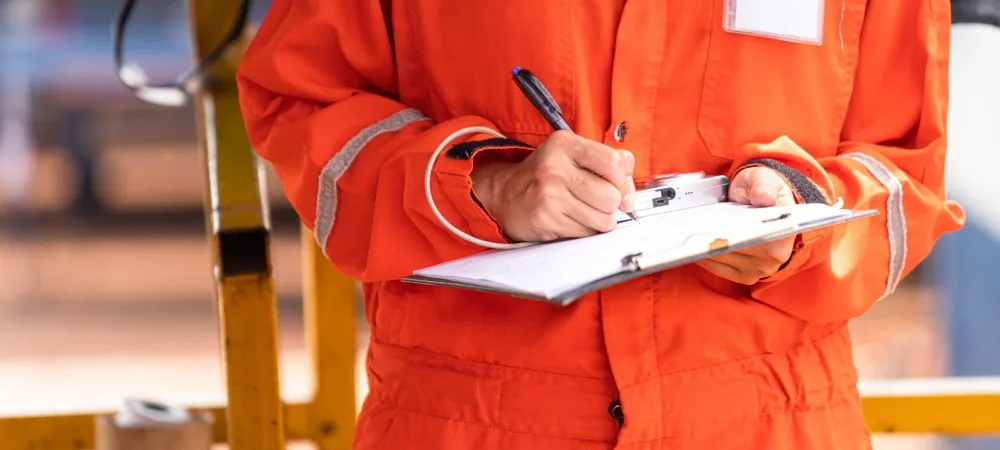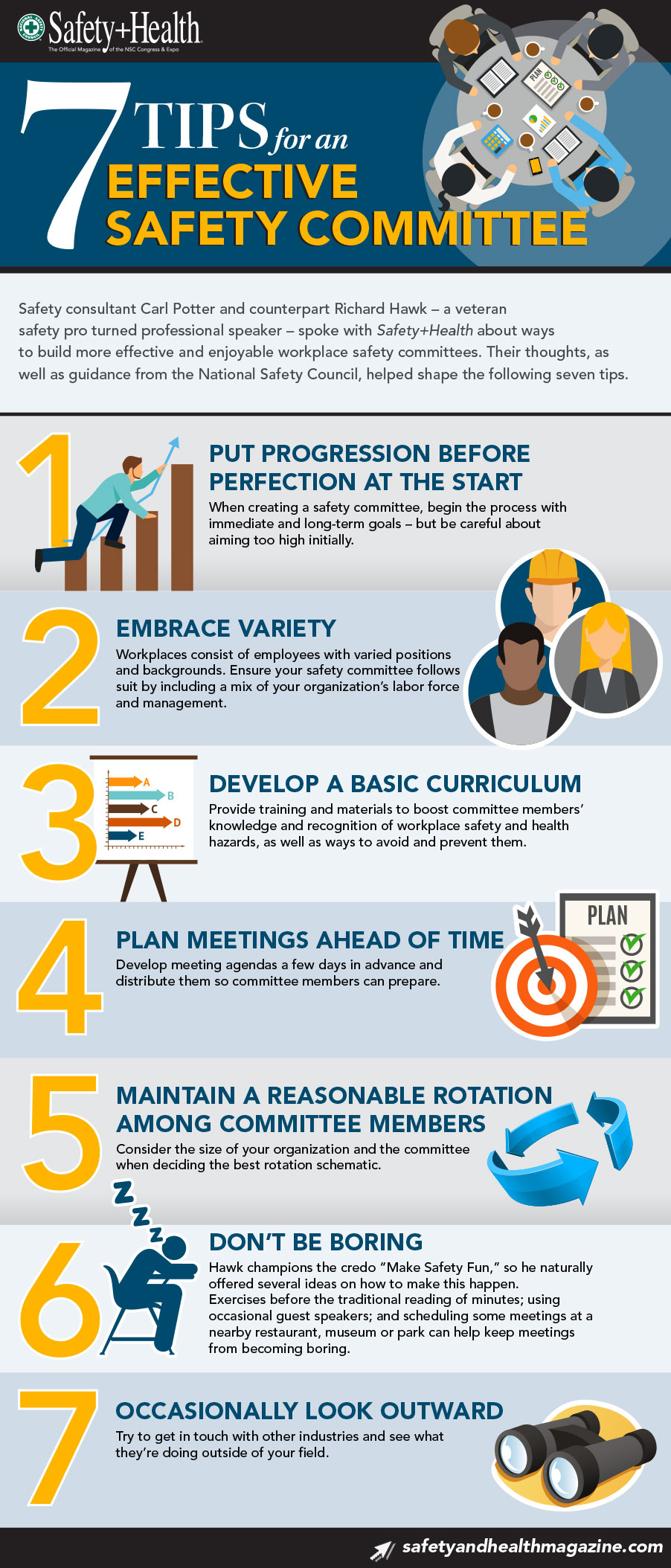
Safety Committees: Giving Employees a Voice in Safety
Everyone deserves a safe work environment. Yet sometimes the follow-through on safety initiatives takes a backseat to other priorities. This is where the value of a safety committee comes in. When safety is part of a company culture, employees have a role in developing, improving and monitoring safety standards. This empowerment gives them a true voice in safety.
Make your business a safer and happier place with guidelines developed by a dedicated safety committee that operates openly and welcomes feedback. Let’s look at the importance of these groups and how to establish one:
What Makes a Safety Committee Work?
A safety committee is a diverse group because it is open to everyone. Rather than relying solely on management or an outside vendor for safety guidance, members weigh-in on the daily safety issues that impact them the most.
This employee-focused approach has several benefits, like:
- Demonstrating that everyone’s safety point of view matters. With representatives from every department, employees’ votes on committee matters count just as much as input from managers.
- Creating a culture of communication. A diverse group of peers makes a committee much more approachable and develops a culture where workers feel comfortable making suggestions, voicing concerns, and providing other types of feedback.
- Providing essential training. Safety committees often coordinate employee training and certification.
- Promoting regulatory compliance awareness. Members are familiar with Occupational Safety and Health Administration (OSHA) regulatory compliance standards and adjust workplace practices when updates are released.
Steps to Building an Effective Safety Committee
This roadmap will help you develop a committee made for success from the start. Here’s how:
- Determine the Size. Five to ten committee members is a good-sized group, depending on the size of your company.
- Select the Members. It can be a volunteer-based group, or a combination of selected members and volunteers. A good rule to thumb is to rotate members every 2-3 years.
- Establish Objectives and Goals. Prioritize and document what the committee should accomplish with specific timelines and measurable objectives. Reducing safety incidents and injuries, developing written safety procedures on hazard identification, conducting accident investigations, and establishing reporting processes are just a few examples.
- Involve Management. Committees are most successful when supported by management. Managers should attend the initial meeting, review ongoing minutes and be receptive to member input.
- Meet Regularly. Safety committees should schedule meetings (with a recurring day, time and place) and meet as a group at least once a month, preferably biweekly. For meeting topic ideas, visit this A-Z listing from OSHA with additional materials and resources. FFVA Mutual’s short talk webcasts (under 24 minutes) are good to show during committee meetings. Remember to document all meetings along with any new procedures, and make them accessible to everyone.
Safety Committee Activities
The role of a safety committee is to reduce worker injuries and identify hazards. While safety committee roles vary by industry and company size, the majority of committees serve 3 main activities:
- Identify Hazards. Safety inspections should be done at least quarterly to identify hazards and unsafe work practices that are likely to cause injuries. Committee members also make recommendations on controls to remove or reduce potential hazards.
- Investigate Incidents and Accidents. This includes securing the scene, gathering information, analyzing facts, writing a report, and taking corrective action.
- Recordkeeping. Examples of documents to keep on file are meeting minutes, committee reports, evaluations and recommendations, personnel safety concerns and suggestions, hazard and inspection reports, training and certificates.
No matter the industry, safety committees encourage employee participation and buy-in for safety initiatives. At the end of the day, a safety committee is about building Relationships at Work – just like FFVA Mutual. For related resources and tools, download our Safety Committee Talk and watch our Importance of a Safety Committee webcast available on-demand.
FROM OUR BLOG
SEE MORE POSTS
How To Conduct a Safety Audit: A Step-by-Step Guide

Behavior Based Safety: Your Guide to a Safer Workplace
![OSHA’s Most Frequently Cited Standards [infographic]](https://www.ffvamutual.com/wp-content/uploads/1000-x-450-for-blog-post-main-banner-1.png)

